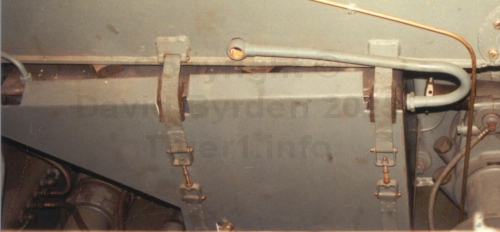
The Tiger had four fuel tanks. Two of them were up in the rear sponsons, and two were in the engine compartment, flanking the engine. The rear sponson compartments intruded into the engine room, leaving two niches underneath them, and that is where these fuel tanks were put.
The photo shows Tiger "131" during restoration [2] . The fuel system is being replaced but is not fully connected yet. This is the lower right-hand fuel tank. It is supported by two adjustable straps. A protective panel is placed between the straps and the tank itself.
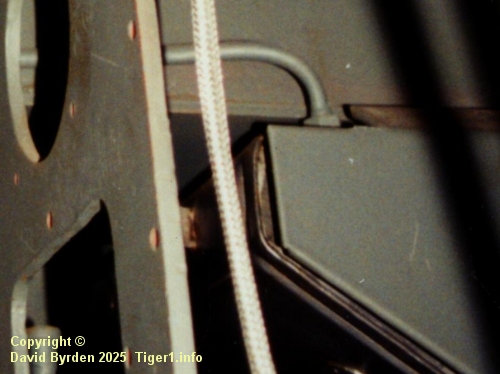
Zooming in to the front end of this tank, we can see that the protective panel is shaped exactly to cover the metallic fuel tank.
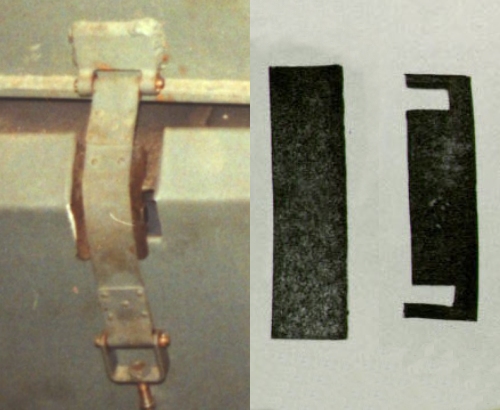
Where the straps wrapped around the corners of the fuel tank, there were soft pads to prevent wear. The photo shows a pad in Tiger "131" after the wartime examination and subsequent restoration. It doesn't seem to be one of the original pads, as seen in the image taken from a manual.
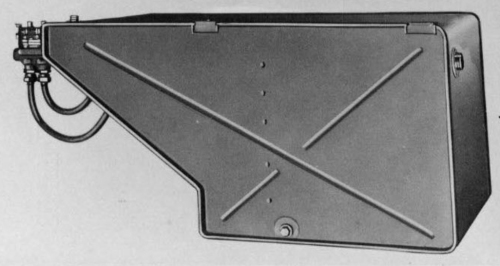
From the same manual [1] , this is that same fuel tank, intended for the right-hand side of a Tiger. It has inlet and outlet connections at the rear and the lower edge. A valve mechanism is attached at the front.
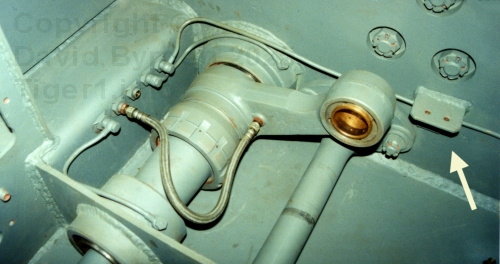
This is the reason for the tapered front end of the fuel tank; it leaves space for the shock absorber of the final roadwheel. In this photo [2] , the hydraulic cylinder is not installed, but this is the arm connecting it to the torsion bar. The cylinder slants upward and forward from here.
I have pointed out a tab welded to the wall. Here will be attached one of the two straps that support this fuel tank.
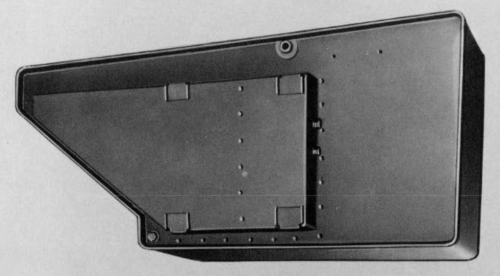
The left-hand fuel tank has a similar structure. But it lacks a valve mechanism, it is narrower, it has a protruding block, and again it has a tapered end; in this case, to clear the idler wheel adjustment. Each fuel tank weighs 23kg [1] .
Note that there are two small connectors on the side of the protruding extension block.
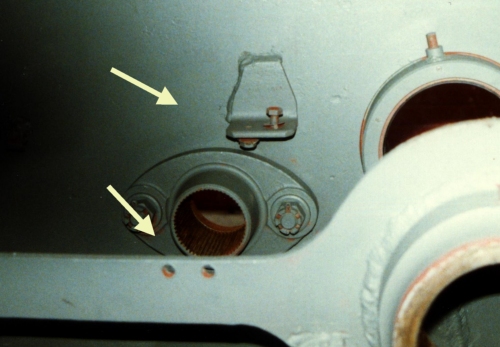
The right-hand fuel tank was wider than the left-hand one. The straps on the right-hand side were therefore attached to a floor strut as well as the walls. This photo shows the two lower connection points for the rear strap.
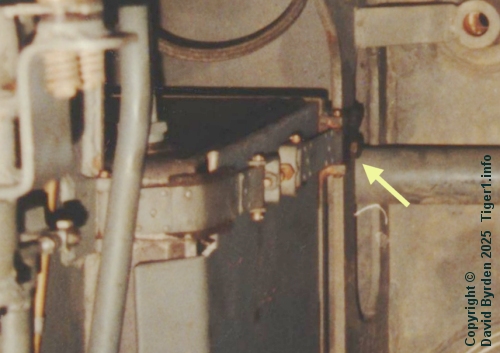
Now we are looking down at that same strap, with everything installed. Notice that the top end of the strap slants out from the wall because this fuel tank is wider than its niche. At the bottom end, the strap attaches to a hinge on the floor strut (arrowed) before running across under the fuel tank to the wall.
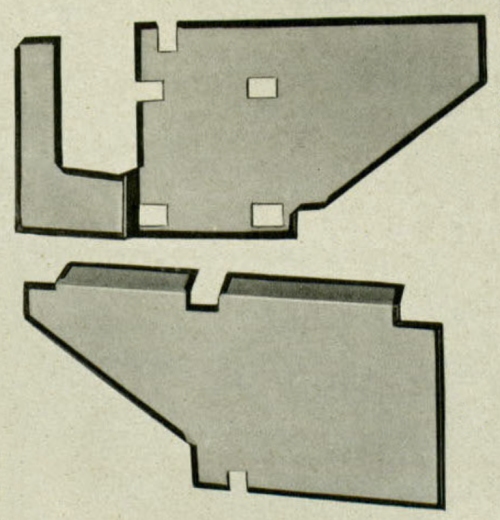
These are the protective panels. They are custom-shaped to avoid the straps, the fuel connections etc.
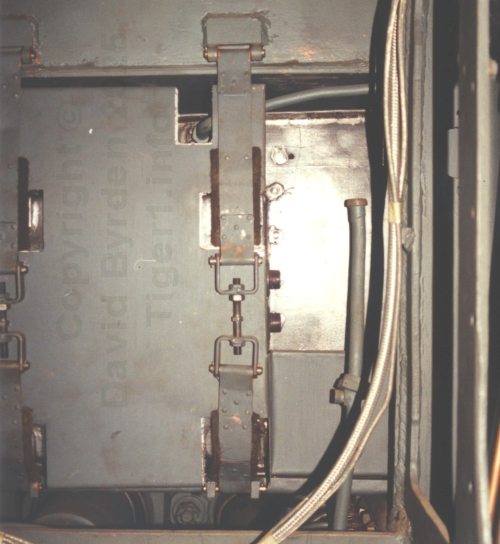
This is the forward end of the left-hand fuel tank and panel. The two small connectors, mentioned earlier, are visible. Note that the tank's fuel filter is not installed yet; it would fill the lower right quadrant of the photo.
Colour and appearance
When Tiger "131" was constructed, the engine rooms of Tigers were being painted overall with the blue-grey colour RAL 7009. Around the middle of 1943, it seems, this was discontinued and the rooms were left in their red primer.
The blue-grey paint, if used, was applied to the outer side of the protective panels and to the straps. The inner face of each protective panel was white. I don't know what material these panels were made of, but they weighed 4kg and 5kg [1] .
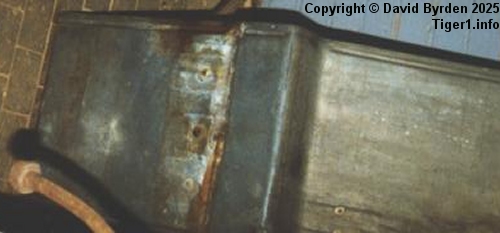
This is my only photo of an (unrestored) lower fuel tank. It is unpainted metal. Note the discolouration where a strap ran across its lower face.
Dimensions
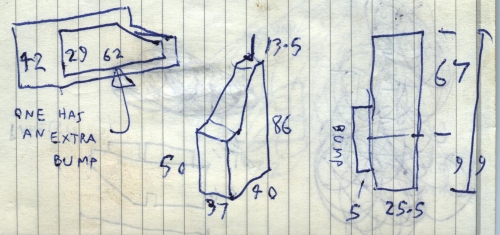
I intend to produce careful drawings and models of these fuel tanks. Until then, here are dimensions that I obtained by measuring them [2] .
[1] Kraftfahrgerät teil 3, Fahrgestell und Turm Panzerkampfwagen "Tiger", heft 60
[2] Survey of Tiger 250122, at Bovington museum, by David Byrden